St. Anne's Church was first founded at Batu Kawan, as early as 1833. They were mainly Chinese and Indian. It was from here that the Catholics gradually moved to Permatang Tinggi, Macang Bubok and Bukit Mertajam. By 1840, the Chinese Catholics started settling down at the Bukit Mertajam foothill.

The early priests were all Frenchmen and they visited Bukit Mertajam from Batu Kawan. In 1846, the first visiting priest, Fr. Adolphe Couellan(who also built my original parish Church of the Immaculate Conception, Pulau Tikus. H is buried there.) decided that there was a need for a chapel and built one just below where now stands the hill top St. Anne's statue.St. Anne was (and still is) a very popular patron saint amongst the French. Naturally, the chapel was named after her.
From 1860 onwards, priests residing at Permatang Tinggi chapel took over the visiting to the St. Anne's Parish. In 1865, Fr. Maistre who was the first visiting priest from there, built a bigger second chapel. It was located lower down, closer to where the old St. Anne's church is. Today you can still see the remains of this chapel just behind the well of Saint Anne's water.
In 1869, Fr. Allard came as the first resident priest. Fr. F.P. Sorin arrived in 1875 and he built the first church and it was ready in 1888. Fr. Sorin died on 26th July (St. Anne's Feast Day), 1907, in Teluk Wang and was buried at the entrance of St. Anne's old church.
The stained glass set featuring St. Anne and also a set of three bells from France were installed at the old church in 1896 by Fr. Charles Grenier. During the Japanese occupation the bells were dismantled. Only one of them has been recovered.
In 1938, Fr. Laurent was here briefly and during his time, he organised the first church choir with Datuk Wong Pow Nee as the choir master. That same year, Fr. Joachim Teng took over the parish. It was he who bought the land where the Kim Sen school and the second church are now located.


In 1957, the second church was built by Fr. Thomas Chin. This is the church next to Kim Sen school which has been called the "new church" for the last 45 years.
The Centenary Celebration of the parish was held in 1969 under Fr. P. Grandvuillemin.
Fr. Peter Pang who took over as parish priest in 1977, built a permanent altar shed in front of the old church and also the parochial and reconciliation halls at the old church compound. He also installed the statue at the top of the hill after fire destroyed the shrine there.
Fr. Augustine Wong arrived in 1984. He removed the shed in front of the old church for a clearer view. He also reinstalled the stained glass behind the altar, which was damaged and one of the original bells which was recovered. In 1987, he built the shrine of Our Lady of Fatima at the second church and improved on the parochial and reconciliation halls at the old church. These were used for masses, retreats, and meetings as well. In 1988, the Centenary Celebration of the old church building was held.




The photos were taken at different times. So you can distinguish between the Church during the Feast, when there are ushers all over the place, at at other times, when the Church is tranquil and one can pray in peace.
The Blessed Sacrament Chapel
The Stations of the Cross
The Chapel of Reconciliation
![[Unam Sanctam]](https://blogger.googleusercontent.com/img/b/R29vZ2xl/AVvXsEiymQ2adTjpZ1ABhPBbBBquiPCxeQrc4Jy_97vOikT0wGQeJleriiXQy6ebnb0jrYe-TfvcK77txStB4aIwVAdD41ZdMkVfNtFGC0JX6LBV9B8mfeRZaIAM7Sj-011ag3DiKQzv/s1600/headerdivinemercy.jpg)

























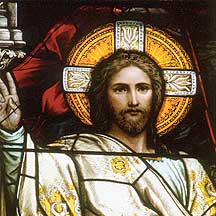
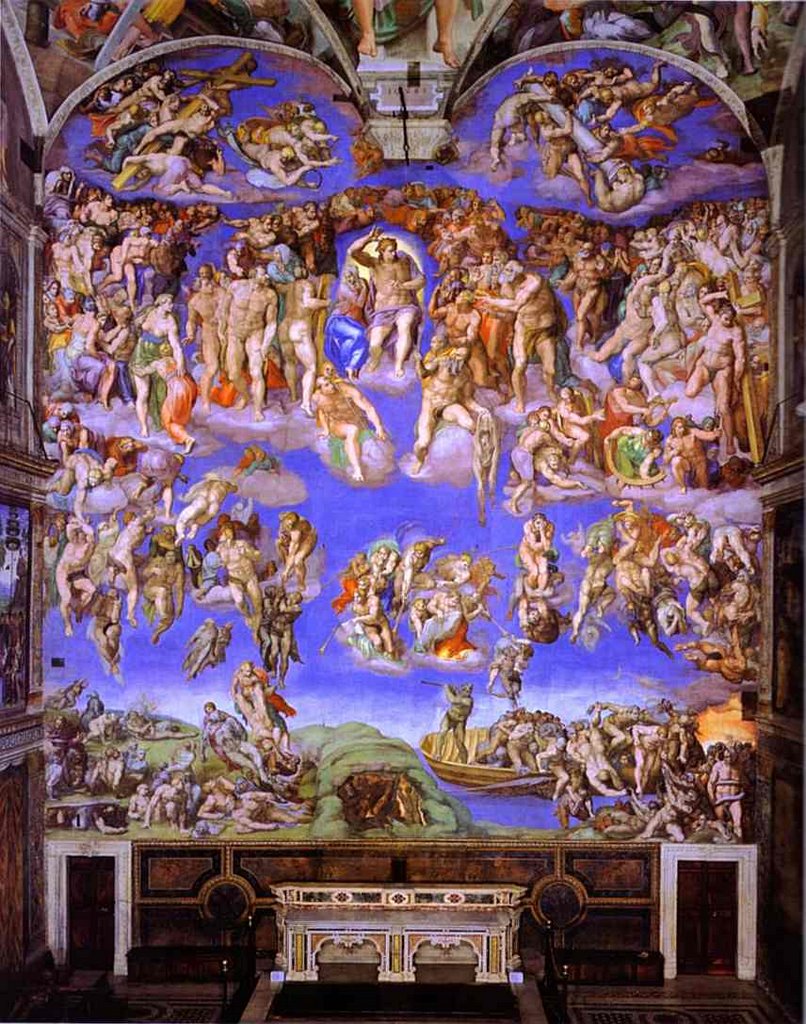


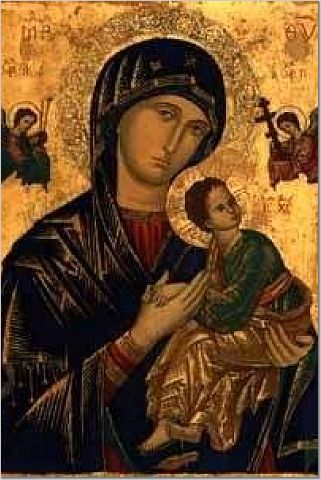



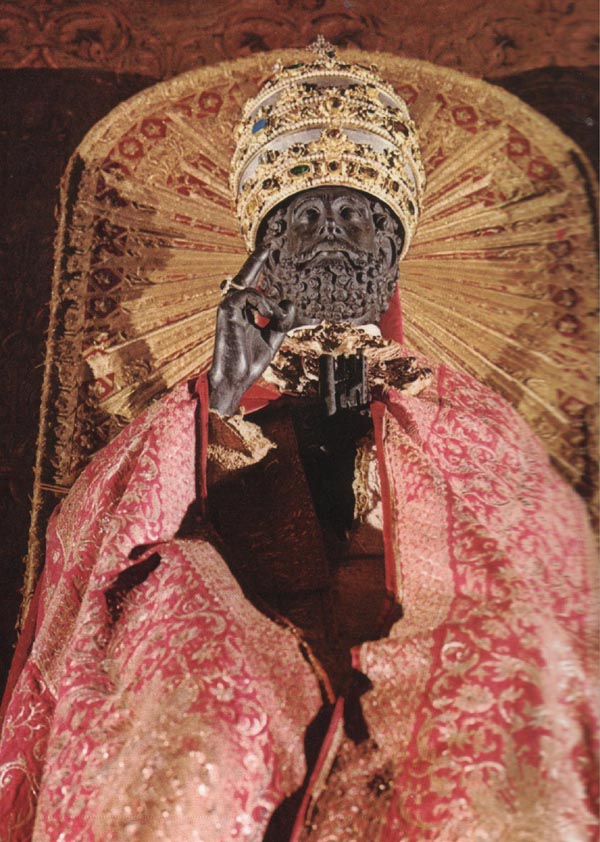
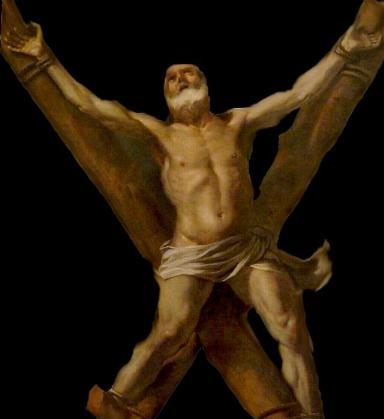

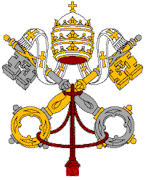


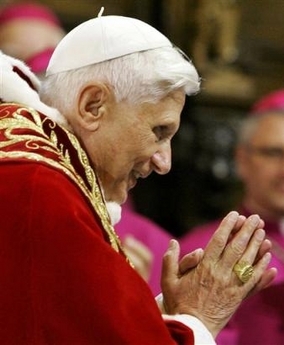






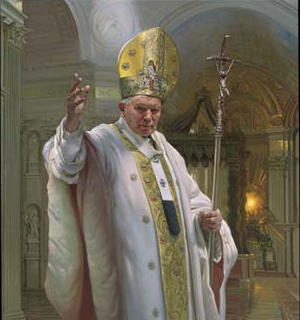

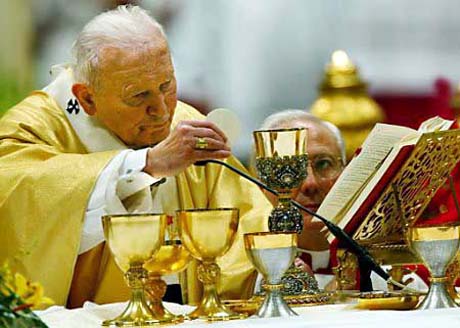







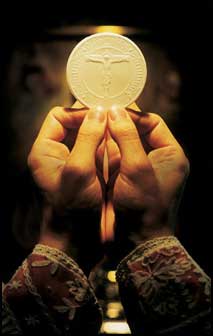
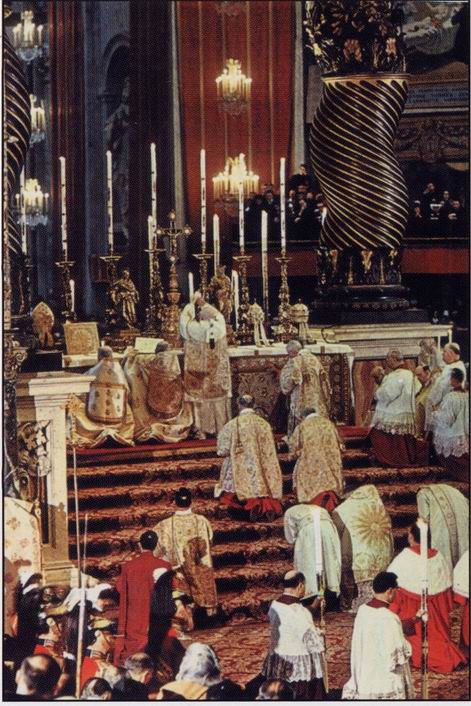



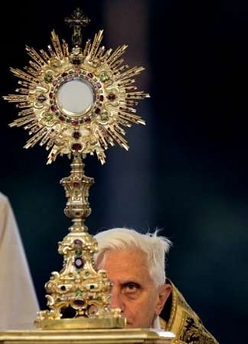







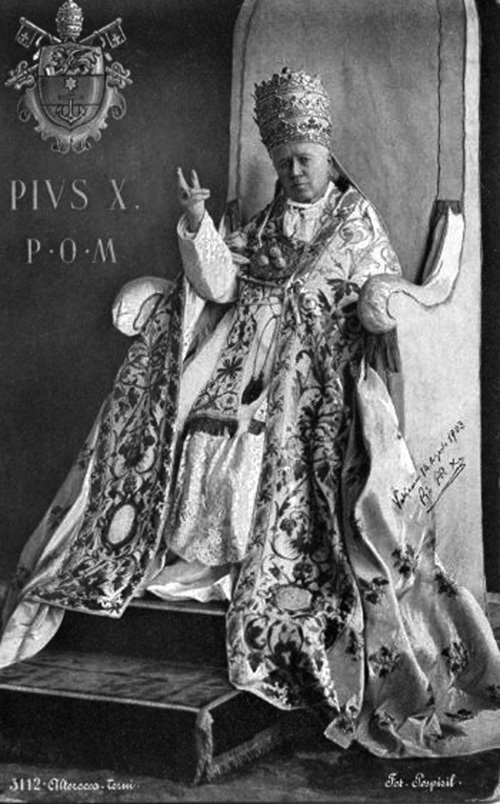










20 comments:
Good Heavens! Is that a high altar? It's beautiful! The side altars are magnificent too! And am I mistaken if I saw a communion rail? I didn't know that St Anne has such traditional architecture.
It's a pity they refuse to build churches this way anymore.
Joyce,
The high altar and the side altars as well as the stained glass have all been beautifully restored. The altar rail is nice too.
But this traditional architecture can only be found in the Shrine Church. The much larger new church is very modern, but functional.
You might like the Blessed Sacrament Chapel there as well.
It was very tastefully done by Fr. Michael Cheah before his transfer.
He has completely restored the High Altar in St. Michael's Church in Ipoh, his current parish. I can't wait to have the chance to go there.
Another place on the island where such traditional architecture exists is in the Chapel of the Home run by the Little Sisters of the Poor. The marvelous oak altar rail and gate are untouched, as is the High Altar and side altars. All the statues are still up on their pedestals as well and the place has marvelous acoustics.
I try to do the Stations there on Good Friday, with Fr. Ben Niukey's life size cross.
Thanks for dropping by and do come again.
Great pics and love those marble altars! Exquisite. Don't they know those are altars and not flower stands?
Haha...flower stands indeed. But you might be interested to know that Mass is still celebrated at the Shrine according to the parish bulletin. It's an 11.15AM Sunday Mass. I wonder whether they use the high altar or set up a temporary one?
I'll check it out with Msgr. Stephen Liew the next time I'm there.
Oooh...if the high altar is used, that means the priest will have his back to the people. Oh, imagine the horror to the faces of some people! *grinning wickedly*
Speaking of flower stands, I get so angry when the flower ladys place flowers directly above the consecrated stone of the 2 side altars in my church.
*It's wonderful that the traditional altars were restored. Here in Singapore, countless High and Side Altars were destroyed. The remaining ones are either reduced in size of stripped bare.
I think its very, very unlikely that Msgr. Liew would face the altar. i would be shocked, no, bowled over if he did.
Paul, perhaps they are acting out of ignorance. Why don't you tell them about the relics and the purpose of the altar stone?
In Penang as well, many fine altars were destroyed in the confusion following the Council. The College General museum has the remains of many altar stones on display, a sad relic of our glorious past.
In my own parish, and in St. John's Cathedral in KL and the former Assumption Cathedral in Penang, the beautiful and priceless altars, built using the pennies of the faithful, were destroyed for the banal things that stand in their place today.
Truly trading our inheritance for a mess of pottage.
I think it's because relics of the martyrs are only made an option in the New Rite. Did you know that for every Tridentine Mass, there must be relics underneath the altar-cloths directly beneath the linen corporal? In most churches, there would be altar stones embedded with martyr relics (a piece of marble with 5 crosses carved on it), or, for the case of portable altars, a Greek corporal with martyr relics sewn onto it is used instead.
Hello Hymn Selector,
You'll find that in the current (1983) Code of Canon Law for the Latin Church, Canon 1237 §2 states that: "The ancient tradition of placing relics of Martyrs or of other Saints within a fixed altar is to be retained, in accordance with the rites prescribed in the liturgical books." This would be the preferred practice of course.
In the Classical Rite however, 2 relics were required, one of which had to be a martyr.
The altar stone (with 5 crosses recalling the 5 wounds) was not embedded with relics but was properly consecrated by the Bishop. It was mainly used for Masses in a place other than a Church and portable Mass kits and military Chaplain's kits had these altar stones to enable Mass to be celebrated in the field, away from a consecrated altar. It could be placed over any surface and Mass could then be celebrated. The paten and chalice had to be on this altar stone, over which a corporal is placed.
In a properly consecrated altar, the altar stone you have in mind might be used to seal the 'tomb' with the relics inside, but it was not necessarily so.
In the book, Ceremonies of the Roman Rite Described by Adrian Fortesque, JB O'Connell and Alcuin Reid, you'll find the minutiae explained.
In the Greek Church, the tradition is slightly different. The altar itself had no relics entombed. It was the corporal instead which had the relics sewn in which is perhaps what you had in mind. It is called an antimension and must be properly consecrated by a bishop and takes the place of a Latin corporal, and is unfolded before the Eucharistic prayer for the Consecration. It is not lawful to celebrate the Divine Liturgy without one of these antimensions.
Hi Andrew,
It's true that altar stones were meant for portable altars, i.e. altars that have not been solemnly consecrated by a bishop. However, these slabs of stones with the 5 crosses do have the relics embedded in them. My earlier post was not referring to a properly consecrated altar with a seal of the sepulchrum, as a properly consecrated altar would mean the entire mensa IS the altar stone. Thus I stand with the position that regardless of whether an altar is consecrated or not in the Traditional Rite, relics must be present for celebration of Holy Mass.
As for the Greek corporal, even Roman Rite priests use them regularly nowadays wherever they intend to say Mass as it is more practical instead of having to carry a slab of stone around.
I did a check and you're right, the altar stone, the small portable one with the 5 crosses, did have relics embedded. I actually came across many of them in the Seminary museum but I did not notice any relics in them so I did not recall. Perhaps they were removed. I'll take a closer look next time =)
I'm interested in Latin Rite priests using the antimension though. Since it's not part of the Latin tradition and would violate the old rubrics mandating a consecrated altar stone for the celebration of Holy Mass. But I guess it would be jiving with the spirit of the new Code of Canon Law and would be preferable to having no relics at all.
But I'm assuming that there would be another corporal on the top, to absorb any of the Precious Blood or particles of the Sacred Host that might spill and that can be folded and washed in the traditional manner via a sacrarium. I'm not sure how an antimension would be washed though. Would the water not become 2nd Class relics then? LOL!
What our priests usually do if they are travelling and have no access to a church with altar + altar stone (they have to celebrate Mass daily anyway), is to place the Greek corporal (antimension) beneath the triple layer of altarcloths. Over and above that would be the usual corporal.
Thanks for that bit of info. I found it very interesting.
You might be interested to know that in another ancient Rite of the Church, the Syrian Rite, a thabilitho, which is a wooden slab much like an altar stone, is placed at the center of the altar and is covered with cloth. During Holy Qurbana which is what some Eastern Rites call the Mass and which means Holy Sacrifice, the paten and chalice are placed over it. It is consecrated with chrism by a bishop during the consecration of a church. Each tabalitho has inscribed on it the following: "The Holy Ghost has hallowed this tabalitho by the hands of Mar(an honorary title for a Bishop)..." and the year. Holy Qurbana can be celebrated at any place on a tabalitho. Without a tabalitho Holy Qurbana cannot be celebrated. The Thabilitho symbolizes the Cross on which Jesus was crucified as opposed to the relics and the altar stone in the Latin Rite which commemorates the martyrs in the catacombs.
The Church is truly diverse and truly Catholic!
I found this link at the St. Thomas Aquinas Seminary website.
http://www.stas.org/gallery/index.shtml
In the altar consecration album, you can see several pictures of Bishop Williamson consecrating many slabs of marble (with the 5 crosses and a small cavity to contain the relics). I think these were meant for the other side altars at the seminary, as only the high altar of the seminary chapel is solemnly consecrated (pictured with burning waxed tapers shaped in the form of a cross).
Thanks. Nice photos of so many altar stones being consecrated.
I have seen the video of the Consecration of a Church in the Classical Roman Rite. The pontiff was Archbishop Raymond Burke who consecrated St. Mary's Oratory in Wausau for the Institute of Christ the King.
It reminded me of the Consecration of St. John's Cathedral in Kuala Lumpur which was consecrated by Archbishop Michael Olçomendy in 1955.
I don't think St John's Cathedral in KL was ever consecrated, as there are no twelve crosses with candle-holders around the walls of the cathedral to indicate that it has been consecrated.
Thank you for these very interesting comments, and the nice photos of St Anne shrine,
Eric from Paris
Thanks for dropping by éric, and do by again. You might want to catch my post on my visit to the Metropolitan Cathedral of St. John the Evangelist in Kuala Lumpur. The original marble High Altar was glorious!
The new one looks funny. Anyway, there's an inscription on the altar frontal traced in gold tiles. Do try and make out what it says.
Many have failed!
Another Church in Kuala Lumpur that has retained its High Altar is the recently restored Church of St. Anthony. Do check it out.
ECCEAGNUSDEI
Hahah! LOL!
That's one rosary to be prayed for your intention as promised.
To tell you the truth, the many times I saw it in photos, I did not recognize it as words at all. When I was actually there, attending Mass celebrated by the parish priest, Msgr. James Gnanapiragasam, VG, my friend pointed out that it contained words and only after much exertion did I manage to decipher it =)
Good job!
I just wish that they would have made it easier to decipher. I don't think many people would have noticed it...
Post a Comment